Malcolm Jolley writes about The Soup, which has no recipe…

Last night I made The Soup. In the cold months, I make the soup about once a month, but in the COVID pandemic, I’ve been making it two or three times a month because it is good and comforting and is in the rather exclusive category of foods that all members of my lockdown family will eat. It is also the product of another food that all members of my lockdown family will eat, a roast chicken. And it is served with yet another food that my wife and I and our three sons will eat, bread and cheese. I predict I will make The Soup many more times before the weather gets warm.
The origin story of the soup is unclear. It must have begun around 1999 or 2000 when my wife and I began watching Jamie Oliver’s Naked Chef TV show and bought his cookbook of the same name. The recipe for The Soup is not in Jamie Oliver’s cookbook, The Naked Chef, although there is a whole chapter in it devoted to soups. There is actually no one recipe for The Soup, anyway. But there are a few ingredients in The Soup that never change, including it’s base, chicken stock.
When Jamie Oliver came to my attention, I considered him to be a young man, specifically a younger man. This is technically true. But, if Jamie Oliver’s Wikipedia entry is correct, then he is actually only three years younger than me and a fellow member of my Generation X cohort. So, his emergence on the cultural scene was well timed, when my wife and I were in our mid to late twenties, setting up house, and getting serious about cooking and looking to expand our repetoire. He provided what we needed, when we needed it. The killer app from that first cookbook, to borrow a term from the dot.com era, was Oliver’s roast chicken. Roast chicken is not a difficult dish to execute, but is substantial and just sophisticated enough to be served at a dinner party. Young couples, enjoying their first non-student style housing, with no children to care for yet, have both the time and opportunity to have their friends (many of which will be, themselves, young childless couples) over for dinner on weekend nights, and a good sized roast chicken will easily feed six people. Oliver’s genius, or so we thought, was his technique of making roast chicken fancy by stuffing things like herbs and garlic under the skin of the chicken and in the cavity. Oliver’s life altering effect on us was what he instructed us to do with the remains of the chicken once we’d eaten the meat: make stock from the bones. Once you get into the habit of roasting chickens and then making stock, it’s hard to stop, and so we simmer on.
There is almost always a large Ziplock bag of chicken carcass in our freezer, and in the summer, when we eat chicken but don’t make The Soup, there are often several of them stuffed into the meat drawer. That we make our stock from our roast chicken carcasses is one of the important defining reasons why there is no recipe for The Soup. The Soup will be flavoured, sometimes greatly, by the stock, which will have been flavoured by whatever the chicken was roasted with. Sometimes this is obvious, like when a lemon wedge that was forced into the cavity of the bird bubbles up in the stock pot. Sometimes it’s a bit of a surprise, like when on stock making days (nearly always Sunday), our house begins to subtlety smell like curry powder. We roll with whatever gets into the stock and forge on with making The Soup.
While there is not a single recipe for The Soup, there is a general outline that is respected and is only ever deviated from with singular care. Sometimes The Soup is referred to as the ‘Tuscan Kale Soup’. This partly because The Soup nearly always includes a can of beans. Maybe cannellini or white navy; it doesn’t really matter. It is also because it nearly always includes lacinto kale. This is for two reasons, one of which is also tied to Jamie Oliver. The first reason is because putting kale in soup softens its texture to the point that I find it palatable. The second reason is that when we started to migrate from Jamie Oliver’s books to one we imagined were slightly more sophisticated ones, we turned to Oliver’s former employers at London’s River Café, Rose Gray and Ruth Rogers. The River Café Green cookbook (2000) is imaginatively organized (or so we thought then) by season and seasonal ingredients, with a cluster of recipes centred on ingredients available (in England) by month. One of the ingredients in The River Café Green chapter for December is cavolo nero, and its section begins: “Cavolo nero is grown in most vegetable gardens in Tuscany and is one of the ingredients in Ribollita, the famous soup of that region, made with beans, Tuscan bread, cavalo nero and extra virgin olive oil.” The chapter has a recipe for a cavalo nero soup, but it’s neither for The Soup or even Ribollita. In any event, I suspect this where we got the idea for The Soup. The only trouble was we didn’t think we’d be able to find cavolo nero, until a visit to the produce aisle at a fancy grocer’s made us realize it was the Italian name for lacinto kale.
This Is Not A Recipe For The Soup
The general guideline for preparation of The Soup, in terms of ingredients and cooking suggestions (‘instructions’ being too firm a word) is as follows:
- A large pot of simmering stock made from the bones of a roasted chicken and aromatics on a burner next to an equal sized pot.
- A lot of onions sautéed for a long time in a splash of olive oil. This is important. A great deal of my interest in making soups came from early experiments in making French onion soup. The technique of cooking down onions until they’re good and brown gives great depth and flavour to any kind of soup. I prefer to use red onions as they also bleed colour into The Soup.
- Other aromatic vegetables. Whatever you like. I like celery in my soup, because I like celery. When she makes The Soup, my wife adds carrots. When I make The Soup, I skip the carrots and add a few chopped up turnips. I like the earthy note of turnips, and I think it compliments its fellow brassica, kale. They get added to the onions and sweat it out for a while before everything gets a quick deglaze with a splash of white wine.
- Cavolo nero or some other tough dark green leafy brassica like chard or collared greens. We have tried rapini, and it’s pretty good… if you like rapini, as we do. It gets a little sweat out too.
- Bacon, pancetta, toucinho or smoked ham, like Black Forest cut into spoonful sized bites. The bacon and related ingredients will need to be cooked first, and their some of their grease could be used in step 2. We have almost always had good butcher’s ham in the fridge these days, as it also in the category of foods that all family members will eat, and it’s easy to throw in and imparts salt and smokiness without fuss.
- Cannellini beans, drained and rinsed with cold water, added on top of everything and joined with any heels of Parmesan you might have saved in the freezer for making The Soup.
- Stock. The stock gets ladled into the pot until its full. If there a lot of solid ingredients already in the pot, then there will be lots of leftover stock, and vice versa. There are no proscribed amounts in The Soup, it is what it is.
- Time. I believe things need to settle and simmer for a good half hour before serving serving. Good olive oil and Parmesan should be at the table to garnish, and I like a few chillies and chilli oil in mine as well.
And that’s it.

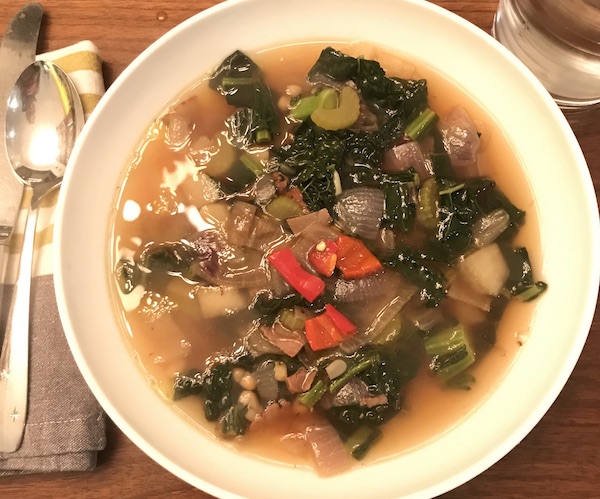

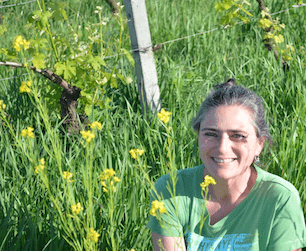
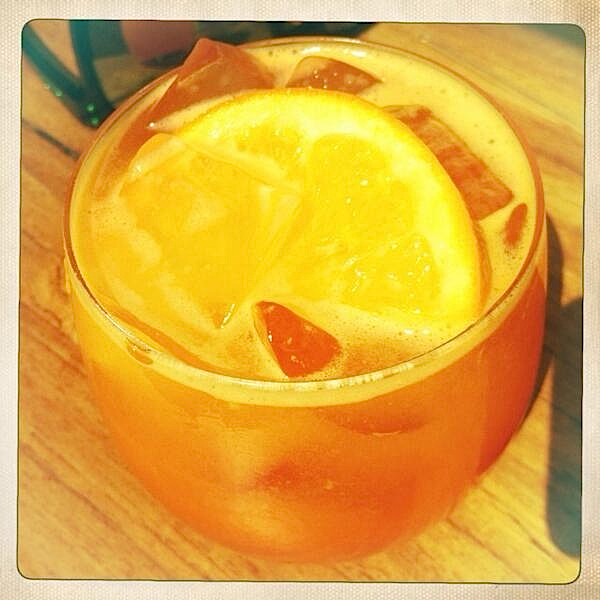
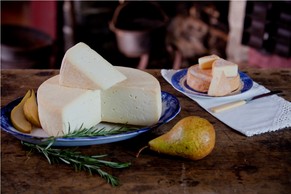
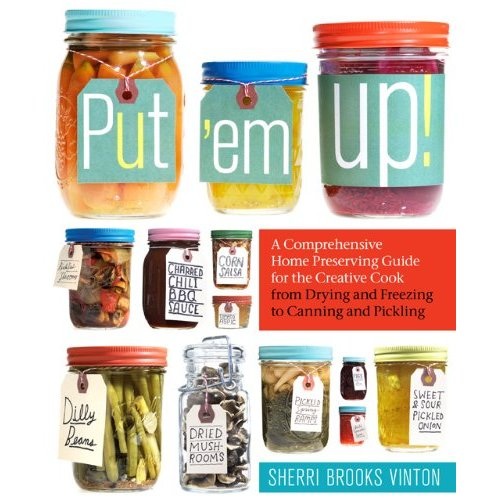

My wife would love the way i learned from you, I am insanely excited to show her, thanks for the great content. inspired by you please check out my mexican food blog
My wife would love the way i learned from you, I am insanely excited to show her, thanks for the great content. inspired by you please check out my mexican food blog
I beg you to approve please i raelly need backlink please I beg you